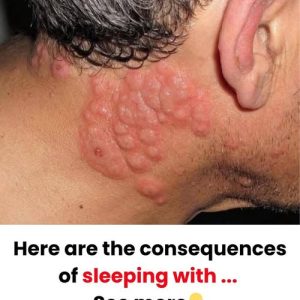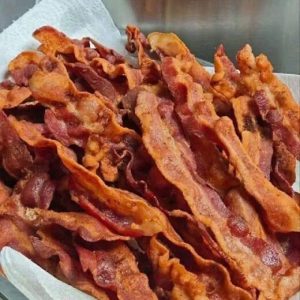Visible veins, often referred to as vascularity, are influenced by several factors, including body fat percentage, exercise, genetics, aging, and hydration. A decrease in body fat reduces the layer of fat beneath the skin, making veins more prominent. This is why individuals with low body fat, such as athletes or bodybuilders, often display noticeable veins. Additionally, exercise, particularly resistance training, increases blood flow to muscles, causing veins to expand temporarily and become more visible. Over time, consistent strength training builds muscle mass, pushing veins closer to the skin’s surface and enhancing their definition, especially in the arms and legs.
Genetics play a significant role in vein visibility. Some people naturally have thinner skin, more superficial veins, or a greater density of capillaries, making their veins more noticeable even without low body fat or intense exercise. Conversely, others may have less visible veins due to thicker skin or deeper vein placement. As individuals age, their skin naturally loses elasticity and becomes thinner, exposing veins more clearly, particularly on the hands and forearms. This age-related change can make veins more prominent over time.
Hydration and blood volume also affect vein visibility. When well-hydrated, the body’s blood volume increases slightly, causing veins to expand and become more visible. Dehydration, on the other hand, can make veins appear flatter and less prominent. After activities such as weightlifting, hot showers, or sauna sessions, veins may bulge temporarily due to increased circulation and heat exposure, though this usually fades as the body cools down.
In summary, visible veins are a normal physiological response shaped by lifestyle, age, genetics, and environment. While low body fat and exercise can enhance vascularity, factors like genetics and aging also play crucial roles. Maintaining proper hydration and understanding individual genetic predispositions can help manage vein visibility. However, any sudden swelling, pain, or changes in vein appearance should be evaluated by a medical professional to rule out underlying conditions.




